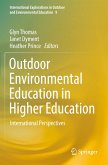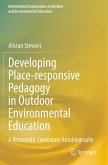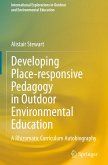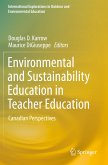This book brings together an international group of authors to discuss the outdoor environmental education (OEE) theory and practice that educators can use to support teaching and learning in higher education. The book contents are organised around a recently established list of threshold concepts that can be used to describe the knowledge and skills that university students would develop if they complete a major in outdoor education.
There are six key sections: the theoretical foundations and philosophies of OEE; the pedagogical approaches and issues involved in teaching OEE; the ways in which OEE is a social, cultural and environmental endeavour; how outdoor educators can advocate for social justice; key approaches to safety management; and the need for on-going professional practice. The threshold concepts that form the premise of the book describe outdoor educators as creating opportunities for experiential learning using pedagogies that align their programme's purpose and practice. Outdoor educators are place-responsive, and see their work as a social, cultural and environmental endeavour. They advocate for social and environmental justice, and they understand and apply safety principles and routinely engage in reflective practice.
This book will provide clarity and direction for emerging and established outdoor educators around the world and will also be relevant to students and professionals working in related fields such as environmental education, adventure therapy, and outdoor recreation.
There are six key sections: the theoretical foundations and philosophies of OEE; the pedagogical approaches and issues involved in teaching OEE; the ways in which OEE is a social, cultural and environmental endeavour; how outdoor educators can advocate for social justice; key approaches to safety management; and the need for on-going professional practice. The threshold concepts that form the premise of the book describe outdoor educators as creating opportunities for experiential learning using pedagogies that align their programme's purpose and practice. Outdoor educators are place-responsive, and see their work as a social, cultural and environmental endeavour. They advocate for social and environmental justice, and they understand and apply safety principles and routinely engage in reflective practice.
This book will provide clarity and direction for emerging and established outdoor educators around the world and will also be relevant to students and professionals working in related fields such as environmental education, adventure therapy, and outdoor recreation.








